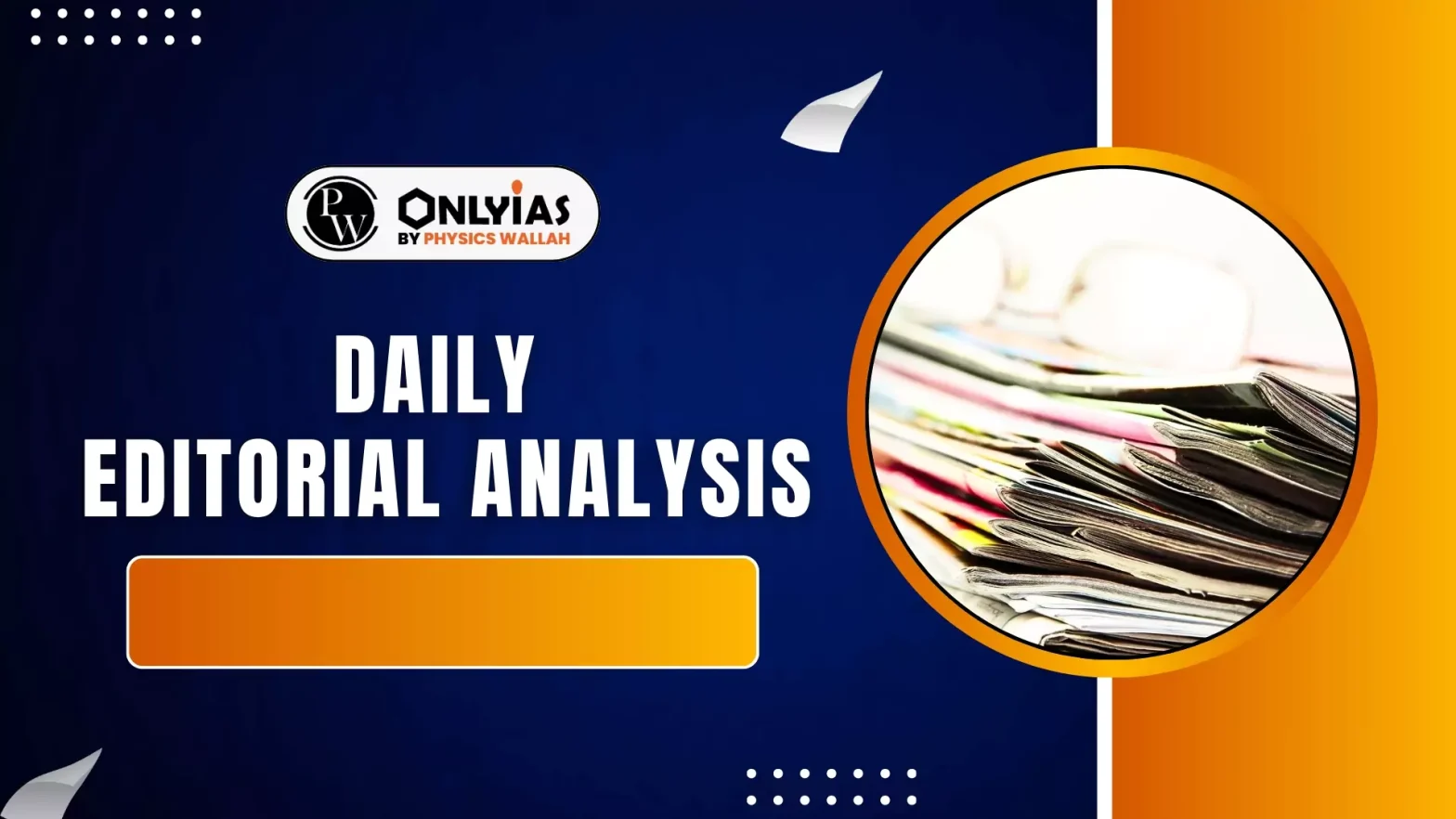India, the world’s most populous nation, is undergoing a significant demographic transition that will reshape its social and economic landscape.
India’s Demographic Shift
- Increased Life Expectancy: Life expectancy in India has increased from 32 years in 1947 to about 70.8 years in 2025 due to improvements in healthcare access, disease control, and food availability.
- Decreased Fertility Rate: India’s Total Fertility Rate (TFR) has fallen below the replacement level of 2.1 children per woman, reflecting higher female education, urban lifestyles, and the rising financial cost of raising children.
- Resulting Projection: By 2050, the proportion of senior citizens (60+) will rise from the current 7–10% to nearly 20–25%, meaning one in four Indians will be elderly, while the youth population will shrink.
- Global Example: Japan’s experience as a “Grey Nation,” where economic growth has slowed due to a shrinking workforce, illustrates the consequences of an ageing population surpassing the working-age population.
Problems Facing India’s Elders
- Social Problems: The transition from joint to nuclear families and increased migration of children to cities or abroad has led to loneliness, neglect, and financial insecurity among elderly parents left behind.
- Health Problems: India faces a high burden of chronic diseases among its elderly, including diabetes, cardiovascular diseases, and cognitive decline, reinforcing its label as the “Diabetes Capital of the World.”
- Financial Dependency: Many seniors lack pensions or sufficient savings and become dependent on their children, leading to emotional distress and a sense of shame when they must seek financial support.
- Viksit Bharat Connection: Elderly women, particularly widows, remain highly vulnerable to poverty, property disputes, and lack of institutional support, undermining the aims of Viksit Bharat.
Government Policies and Frameworks
- Early Policies: The State’s obligation under Article 41 led to the formulation of the National Policy on Older Persons in 1999, which was later revised in 2011 to address emerging challenges.
- Article 41: It directs the State to provide public assistance in cases of old age, sickness, disability, and unemployment, based on its economic capacity. It forms the constitutional basis for elder care and social security.
- Legal Safeguard (2007 Act): The Maintenance and Welfare of Parents and Senior Citizens Act, 2007 makes it legally mandatory for children and grandchildren to provide maintenance, enabling elders especially uneducated women to seek support through tribunals.
- Healthcare Program: The National Programme for Healthcare of the Elderly (2010) aimed to create dedicated geriatric wards and services, though implementation has remained slow and uneven.
- Draft National Policy (2025): The Draft Policy released in June 2025 proposes strengthening elderly healthcare through Ayushman Bharat models, ensuring financial security, promoting digital inclusion, creating employment avenues, and offering housing for poor seniors.
- Financial Schemes: Government initiatives such as the Senior Citizen Savings Scheme and Pradhan Mantri Vaya Vandana Yojana provide higher interest rates to support financial stability in old age.
- Challenges in Implementation: Implementation remains difficult because many seniors are unaware of their legal rights, and social stigma prevents parents from filing cases against their own children.
The Silver Economy Opportunity
- Definition: The Silver Economy refers to the entire market of goods and services designed to meet the needs of senior citizens, offering a major growth area as India ages.
- Assistive and Health Technology: This sector, growing at 12%, includes walkers, wearable health monitors, telemedicine services, and home diagnostics, which help seniors manage chronic illnesses.
- Home and Institutional Care: Demand for 24/7 caregiving services is rising as families migrate, but the sector requires strong regulation to ensure quality and standardized care.
- Senior Living: Premium senior living facilities provide secure housing with medical support and amenities; this market is valued at $7 billion and is expanding at 15% annually.
- Insurance and Financial Products: With health insurance penetration below 10% among seniors, the expansion of schemes like Ayushman Bharat and Jan Aushadhi remains vital for low-income elderly populations.
Way Forward
- Dignity and Culture: India must promote a cultural shift that views ageing as a natural phase of life and ensures that every senior citizen lives with dignity and social acceptance.
- Infrastructure Requirements: Urban planning must incorporate age-friendly features such as ramps, low-floor buses, benches, accessible public spaces, and reliable healthcare access for the elderly.
- Regulation and Support: The rapidly growing Silver Economy requires strong regulatory oversight, targeted tax incentives, and professional training for caregivers to ensure high-quality services.
- Societal Role: As Gandhiji noted, no law is effective without social respect; hence, communities and families must play an active role in building an inclusive environment for India’s elderly population.
Conclusion
India’s ageing population brings major social, economic, and healthcare challenges, but also opens opportunities in the growing Silver Economy. Preparing for this shift requires strong policy implementation, cultural change, and elder-friendly infrastructure.
![]() 14 Nov 2025
14 Nov 2025


